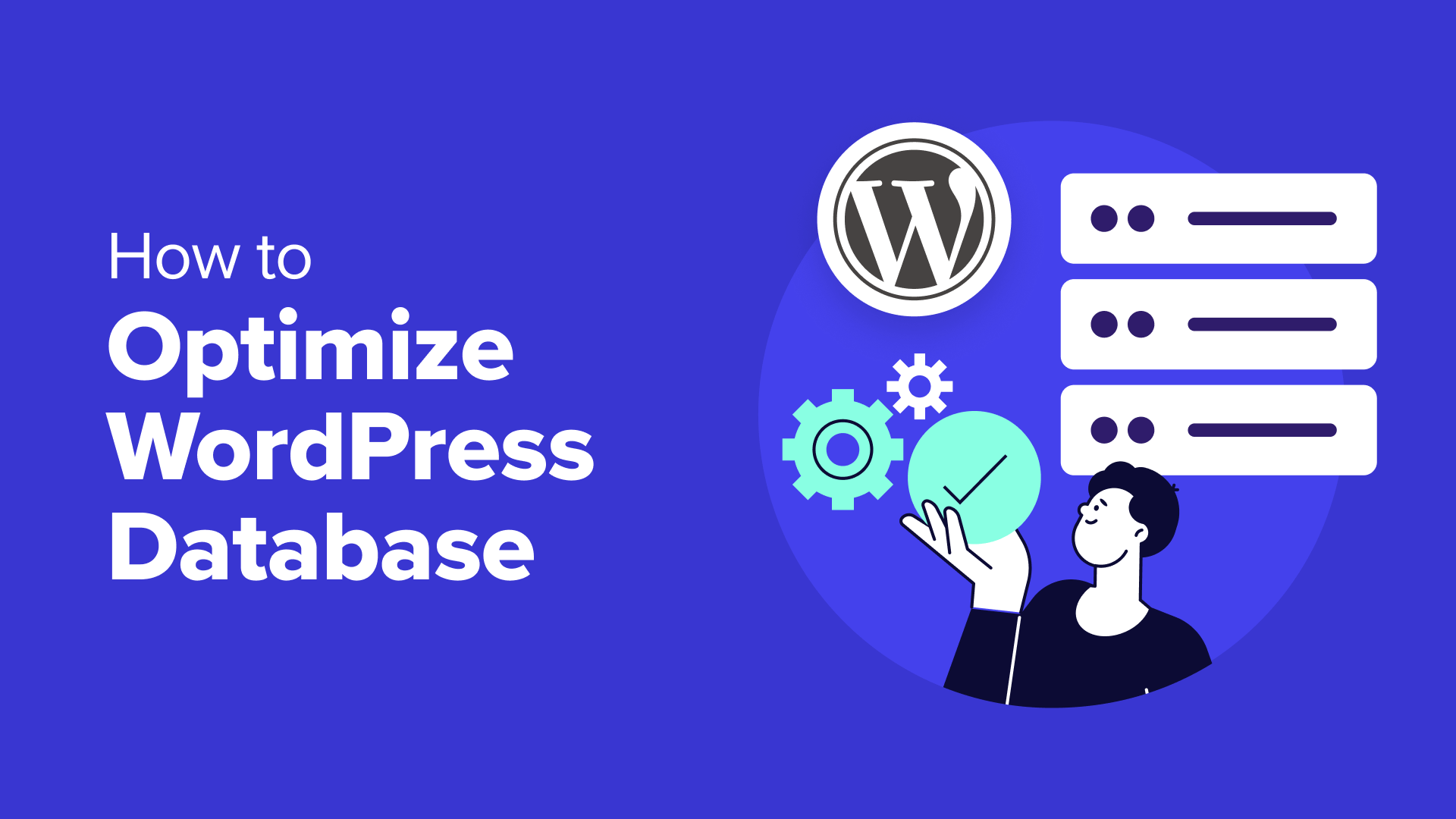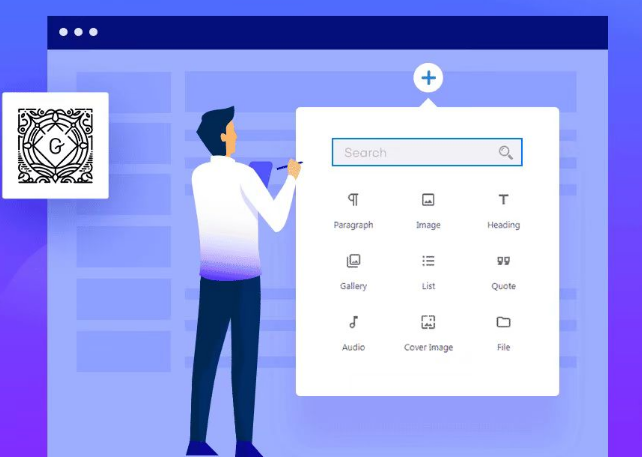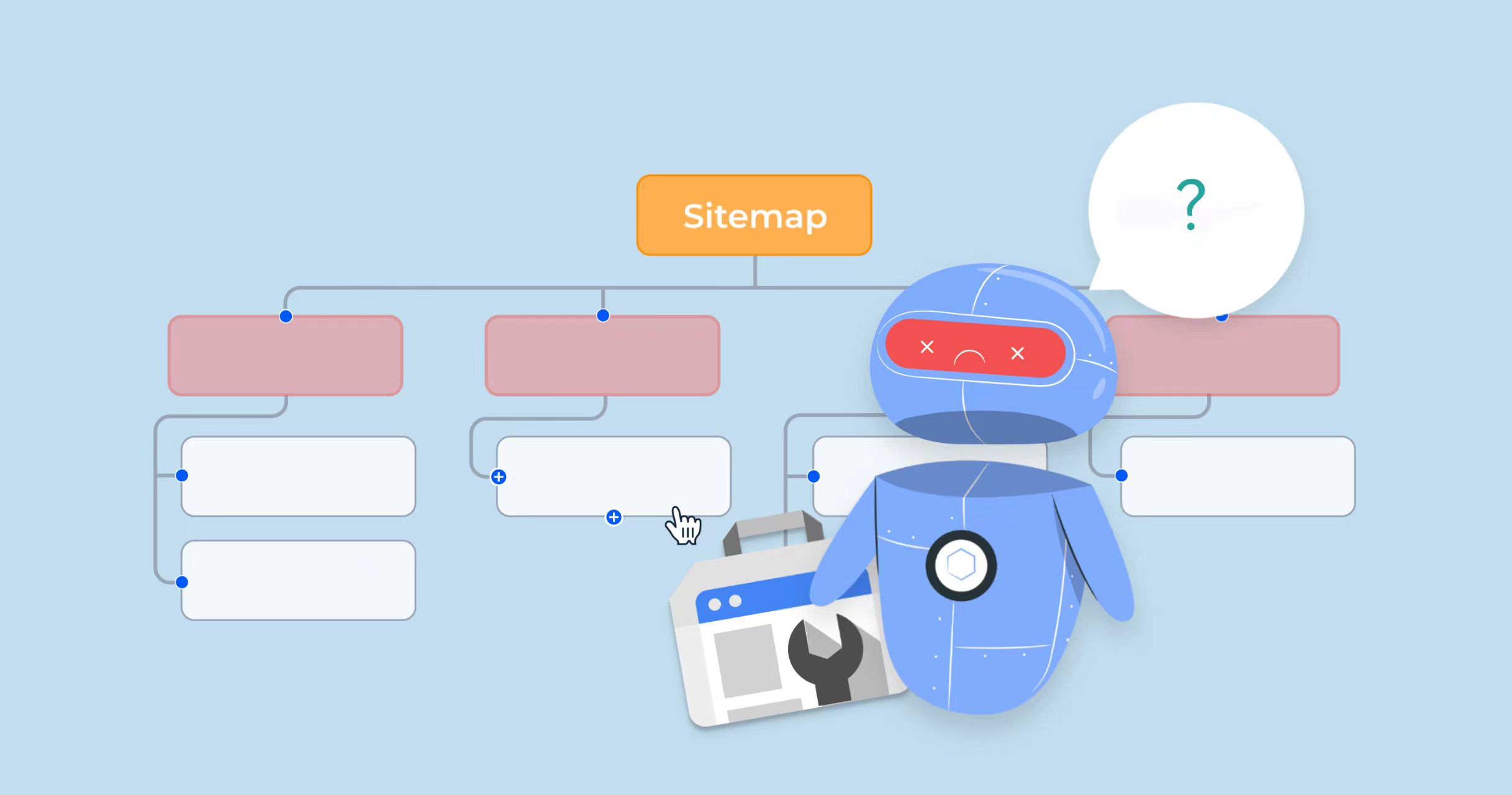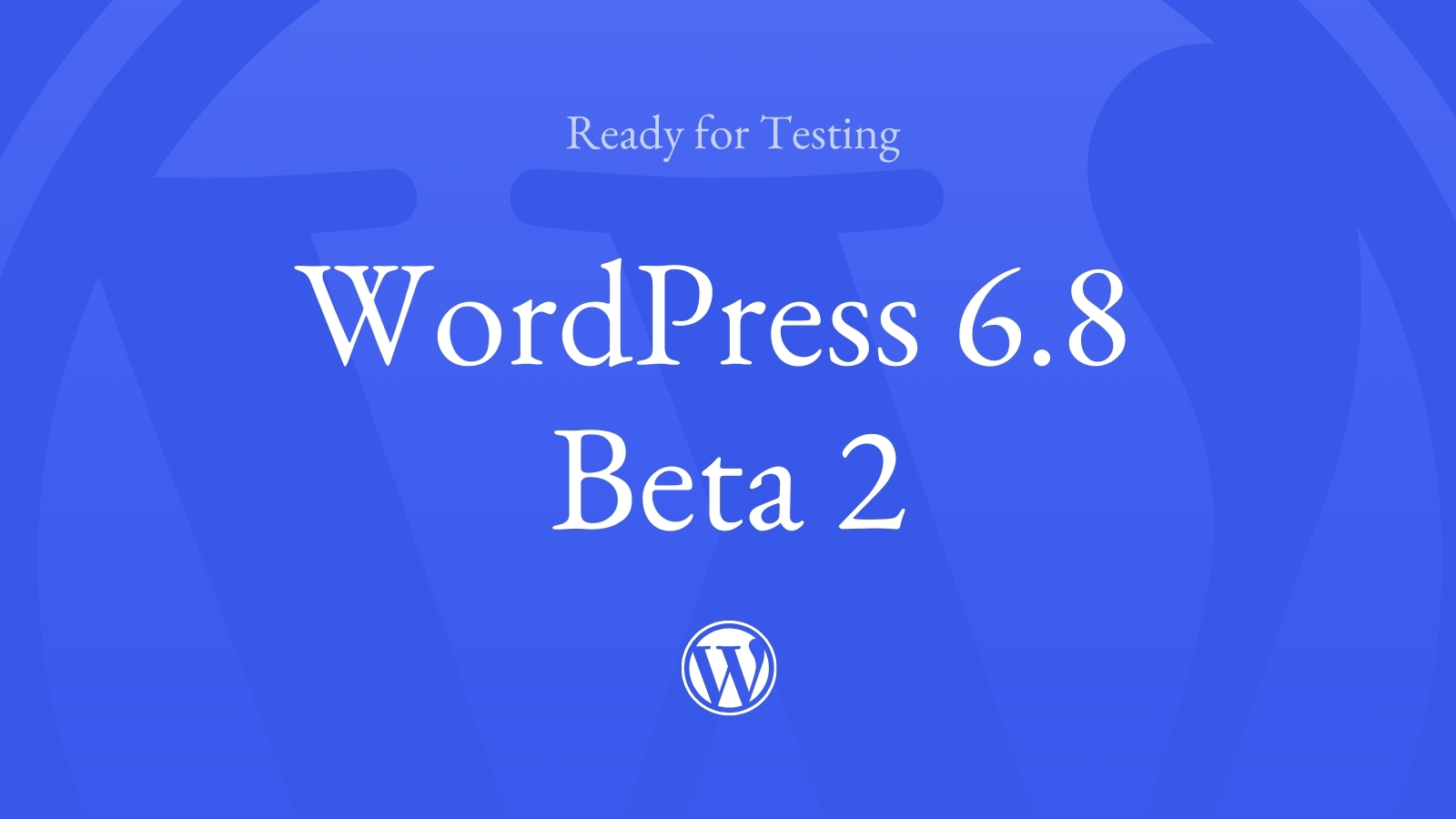Google Internet companyintroducedCore Web Vitals(Core Web Vitals) have become a key metric for measuring website quality and user experience. In this post, details will be provided on what Core Web Vitals are, why they are so important for WordPress websites, and how to optimize these metrics toImprove the performance of your websiterespond in singingSearch Engine RankingsThe
![Image[1]-Core Web Vitals: Key Metrics for Improving WordPress Website Performance - Photon Flux | Professional WordPress Repair Service, Global Reach, Fast Response](https://www.361sale.com/wp-content/uploads/2024/07/2024070801575032.png)
What are Core Web Vitals?
Core Web Vitals is a set of metrics introduced by Google to measure and improve the web user experience. Specifically, it includes three key metrics:
- Largest Contentful Paint (LCP): Maximum content drawing time
- First Input Delay (FID): First input delay
- Cumulative Layout Shift (CLS): Cumulative Layout Offset
![Image[2]-Core Web Vitals: Key Metrics for Improving WordPress Website Performance - Photon Flux | Professional WordPress Repair Service, Global Reach, Fast Response](https://www.361sale.com/wp-content/uploads/2024/07/2024070801405154.png)
These metrics focus not only on the total page load time, but also on how quickly the user can start interacting with the page. They are a better measure of a site's performance and user experience than total load time, and are key metrics for speed testing and optimization.
Largest Contentful Paint (LCP)
What is LCP?
LCP refers to Maximum Content Drawing Time, which measures the time from when the page first starts loading to when the main content of the page finishes rendering.LCP content usually includes homepage Banner images, featured images at the top of the page, and top text areas.
![Image [3] - Core Web Vitals: Key Metrics for Improving WordPress Website Performance - Photon Flux | Professional WordPress Repair Service, Global Reach, Fast Response](https://www.361sale.com/wp-content/uploads/2024/07/2024070801441566.png)
Ways to optimize LCP
- Use fast hosting and CDN: Improve server response time and reduceTTFB(Time to First Byte).
- Optimize resource loading: Reduce resource loading delays for first-screen content and ensure that critical resources are loaded first.
- Compressing and optimizing images: Reduce image file size and speed up loading.
- CSS and JS for Reducing Render Blocking: Merge and shrink CSS and JS files, use asynchronous loading of non-critical resources.
LCP metrics
- talented: less than or equal to2.5unit of angle or arc equivalent one sixtieth of a degree
- Need for improvement: Less than or equal to 4.0 seconds
- mediocre: Over 4.0 seconds
Cumulative Layout Shift (CLS)
What is CLS?
CLS refers to Cumulative Layout Shift, a measure of whether or not content has moved during page load. The more it moves, the higher the score (poor), and the least it moves at all (excellent).
![Image [4] - Core Web Vitals: Key Metrics for Improving WordPress Website Performance - Photon Flux | Professional WordPress Repair Service, Global Reach, Fast Response](https://www.361sale.com/wp-content/uploads/2024/07/2024070801460925.png)
Methods for optimizing CLS
- Using the Size Property: Add width and height attributes to all image and video elements to preserve space.
- Avoid dynamic content insertion: Avoid inserting new DOM elements after the content is loaded to prevent layout offsets.
- Optimize ads and embedded content: Ensure that advertisements and embedded content have a fixed size and do not affect the page layout.
CLS metrics
- talented: Less than or equal to 0.1
- Need for improvement: Less than or equal to 0.25
- mediocre: more than 0.25
First Input Delay (FID)
What is FID?
FID refers to First Input Delay, which is the time between the first time a user interacts with a web page (e.g., clicks a button) and when the browser starts processing that interaction. It is mainly affected by the JavaScript on the page.
![Image [5]-Core Web Vitals: Key Metrics for Improving WordPress Website Performance - Photon Flux | Professional WordPress Repair Service, Global Reach, Fast Response](https://www.361sale.com/wp-content/uploads/2024/07/2024070801482463.png)
Ways to optimize FID
- Reduce main thread tasks: Decompose long tasks to reduce the amount of time blocking the main thread.
- Optimizing JavaScript Execution: Reduce and optimize JavaScript files, use asynchronous loading.
- Using the Browser Cache: Cache static resources to reduce repetitive loading time.
Measure of FID
- talented: Less than or equal to 100 milliseconds
- Need for improvement: Less than or equal to 300 milliseconds
- mediocre: Over 300 milliseconds
Impact of Core Web Vitals on SEO Rankings
Since June 2021, Google has included Core Web Vitals as a ranking factor. This means that optimizing these metrics can significantly improve SEO performance.Core Web Vitals will affect mobile and desktop search results, and sites will need to meet a minimum Core Web Vitality score to be shown first in popular stories and headlines.
How to Detect Core Web Vitals with PageSpeed Insights
![Image [6] - Core Web Vitals: Key Metrics for Improving WordPress Website Performance - Photon Flux | Professional WordPress Repair Service, Global Reach, Fast Response](https://www.361sale.com/wp-content/uploads/2024/07/2024070801502469.png)
Using PageSpeed Insights you can check the Core Web Vitals score of a website. Here are the exact steps:
- Open PageSpeed Insights: AccessPageSpeed Insights Official WebsiteThe
- Enter the URL and analyze it: Enter the URL of the page to be tested and click "analyze"Button.
- View Results: LCP and CLS scores are displayed as a result of the test. the FID is based on actual user data and may not be shown.
![Image [7]-Core Web Vitals: Key Metrics for Improving WordPress Website Performance - Photon Flux | Professional WordPress Repair Service, Global Reach, Fast Response](https://www.361sale.com/wp-content/uploads/2024/07/2024070801525291.png)
caveat
- Field Data and Lab Data: It is normal that scores may vary slightly between Field and Lab Data.
- Mobile and desktop testing: Test mobile and desktop results separately, as scores will differ between the two.
How to View Core Web Vitals Reports for an Entire Site in Search Console
The Core Web Vitals report for an entire website can be viewed in the Google Search Console. This report is based on real user data and is perfect for identifying groups of pages that need to be optimized.
- Open Search Console: Visit Google Search Console.
- View Core Web Vitals Report: View the status (Poor or Needs Improvement), indicator type (e.g., CLS issue), and URL group in the report.
![Image [8]-Core Web Vitals: Key Metrics for Improving WordPress Website Performance - Photon Flux | Professional WordPress Repair Service, Global Reach, Fast Response](https://www.361sale.com/wp-content/uploads/2024/07/2024070801534357.png)
- Verification Fixes: After fixing the URLs that need improvement, use "Verification Fixes"Option Validation.
![Image [9]-Core Web Vitals: Key Metrics for Improving WordPress Website Performance - Photon Flux | Professional WordPress Repair Service, Global Reach, Fast Response](https://www.361sale.com/wp-content/uploads/2024/07/2024070801540532.png)
How to Improve Your Website's Core Web Vitals Score
Core Web Vitals scores are closely related to site speed, and here are some suggestions for optimization:
- Using fast hosting and CDN: Improve server responsiveness.
- Optimize image and resource loading: Optimize images with plugins like Smush Image Compression.
- Reduce JavaScript and CSS file size: Merge and shrink files to reduce render-blocking resources.
- Using the Cache Plugin: such as WP Rocket, to improve caching performance.
- Regular testing and adjustment: Use PageSpeed Insights and GTmetrix to regularly check website performance and make timely adjustments.
reach a verdict
By optimizing Core Web Vitals, you can significantly improve the loading speed and user experience of your WordPress website, resulting in improved SEO rankings and conversions. Whether it's LCP, FID or CLS, these metrics are key to measuring website performance and user experience.
![Image [10]-Core Web Vitals: Key Metrics for Improving WordPress Website Performance - Photon Flux | Professional WordPress Repair Service, Global Reach, Fast Response](https://www.361sale.com/wp-content/uploads/2023/05/ssl-seo-boost-6467e108dc3b3-sej-768x403-1.jpg)
Link to this article:https://www.361sale.com/en/12787
The article is copyrighted and must be reproduced with attribution.

































No comments